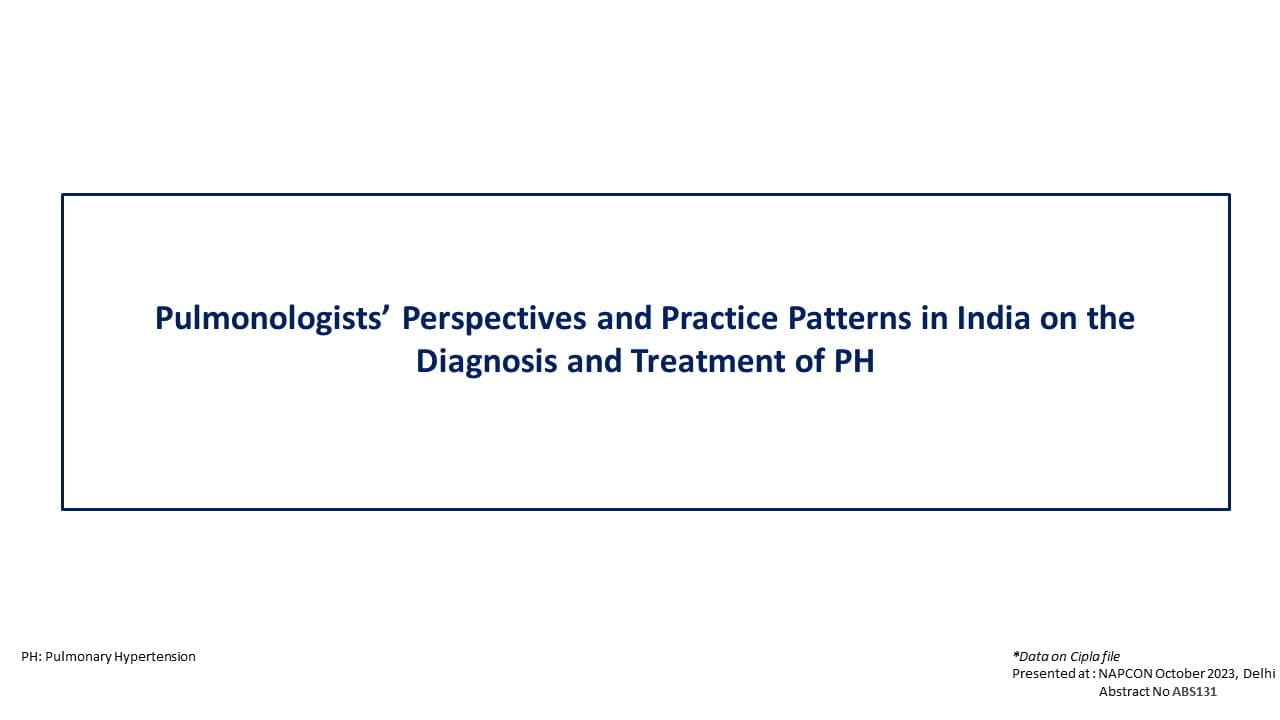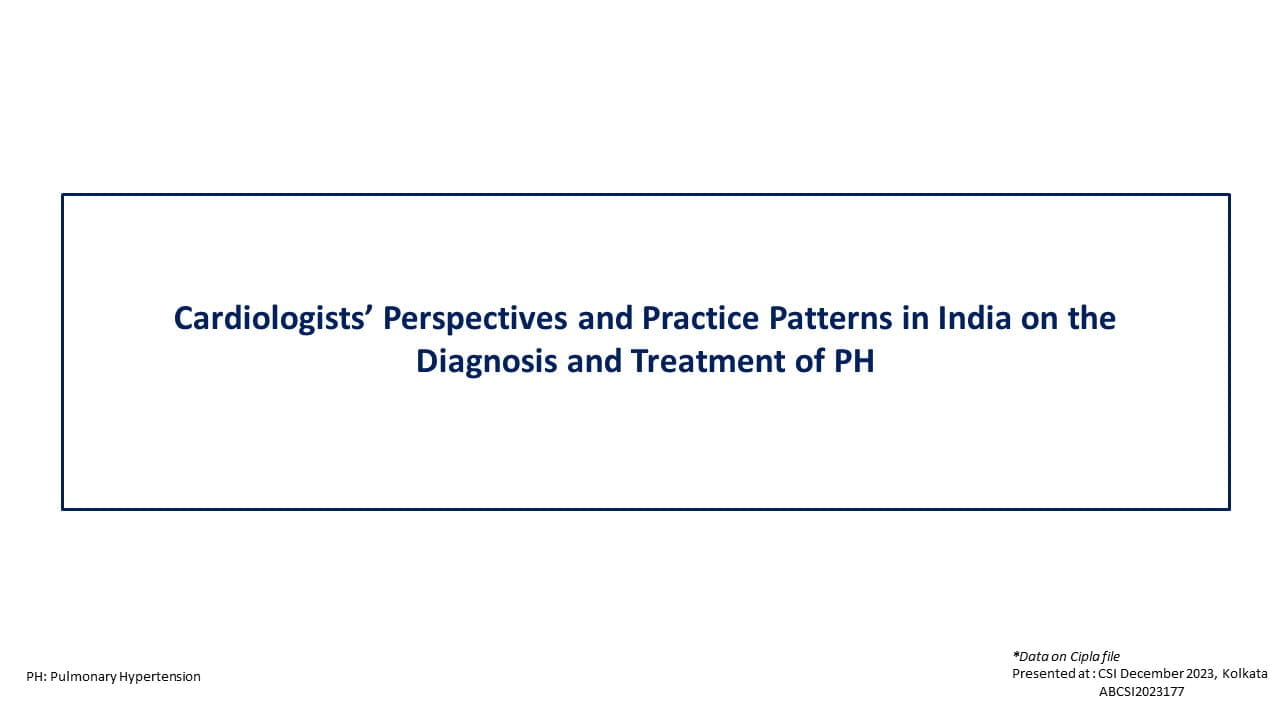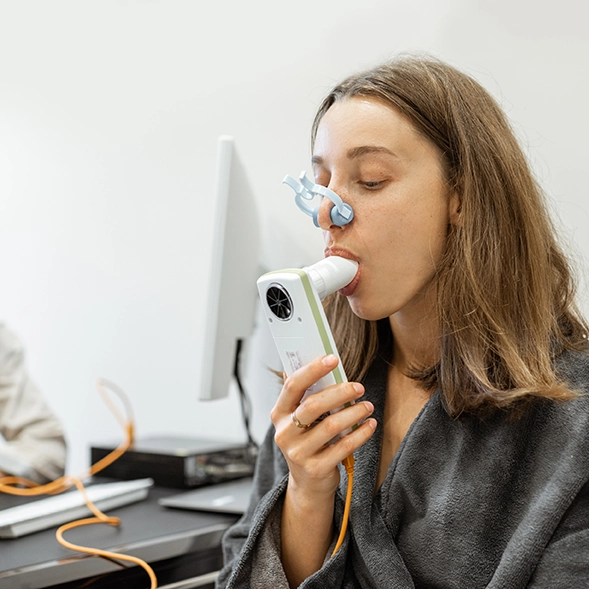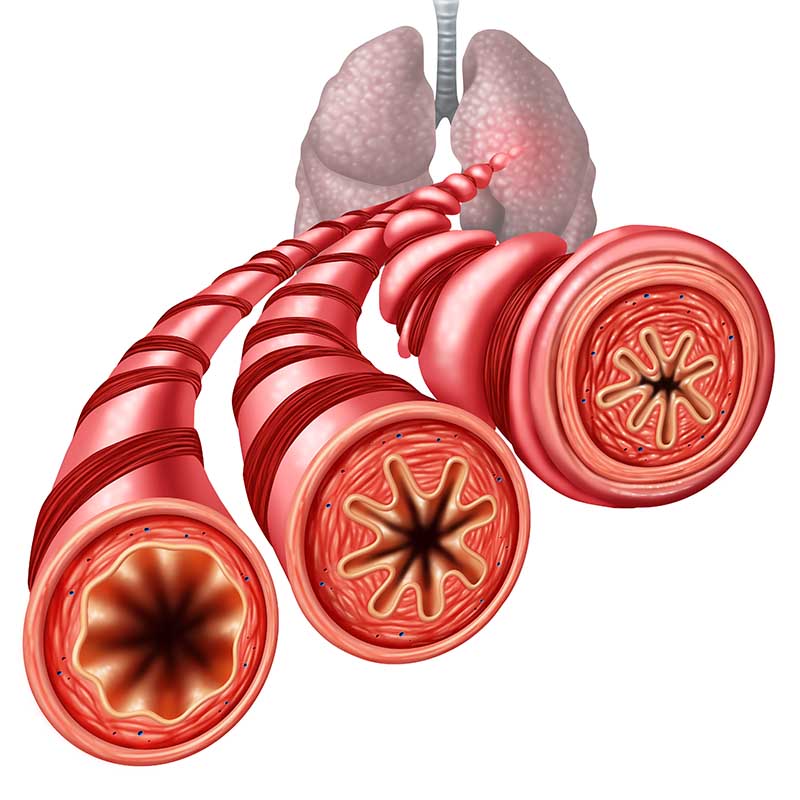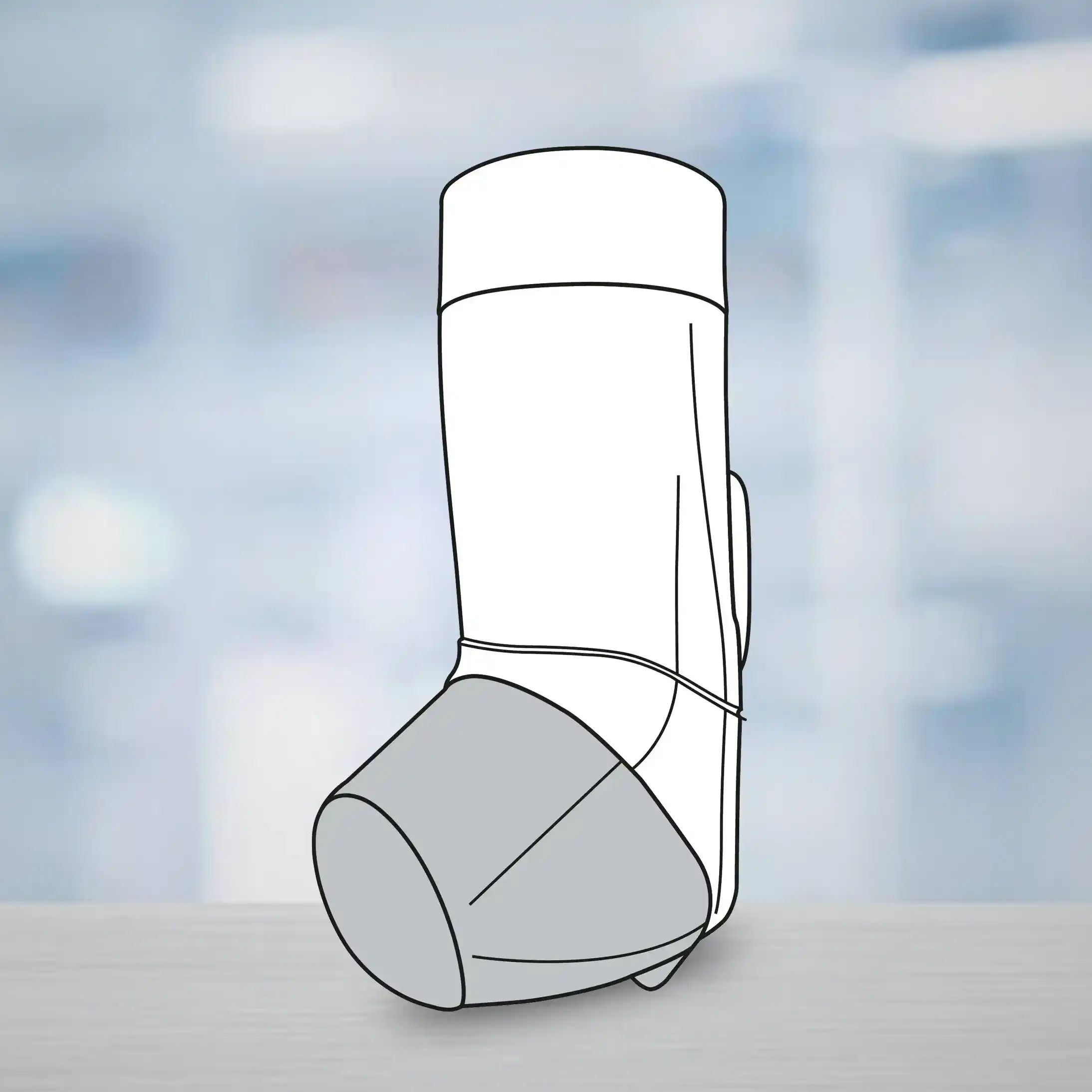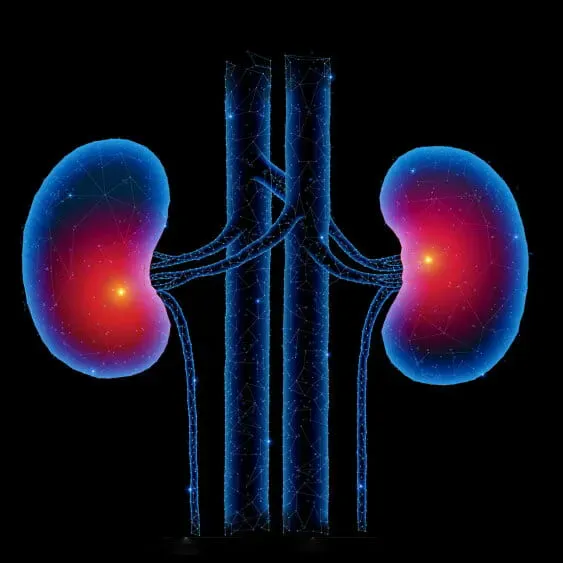Introduction
Dolutegravir (DTG)/Lamivudine (3TC) dual therapy has shown promise in maintaining viral suppression in HIV patients, but its long-term effectiveness in routine clinical care remains uncertain due to limited comparative studies, making it challenging to fully assess its potency versus traditional triple-drug antiretroviral therapy.
Aim
To assess the treatment outcomes of starting DTG/3TC compared to continuing triple-drug ART in virologically suppressed people with HIV (PWH)
Patient Profile
HIV RNA–suppressed cases treated with triple-drug antiretroviral regimens without prior virological failure or resistance.
Methods
- DUALING is a prospective cohort study.
- The study included 2040 participants.
- 680 cases who switched from triple-drug ART to dolutegravir/lamivudine (DTG/3TC)
- 1360 controls who continued their triple-drug ART regimens.
- Cases and controls were well-matched on demographic and clinical characteristics
- Study endpoint
- The primary endpoint was the treatment failure rate in cases versus controls at 1 year by intention-to-treat (ITT) and on-treatment (OT) analyses with 5% noninferiority margin.
Results
- The treatment failure rate after 1 year was comparable between cases & controls in the OT population, indicating no significant difference between the treatment groups; however, in the ITT population, a higher treatment failure rate was observed in controls compared to cases, yielding a significant risk difference of -3.78% in favor of the cases (Figure 1)
- The margin of noninferiority (5%) was not surpassed in any of the analyses, thereby confirming the noninferiority of DTG/3TC
Figure 1 Treatment Failure rates in DTG and Non DTG based cases vs controls.
- The treatment success rates were comparable for cases and controls
Figure 2: 1 year Treatment success rates in dolutegravir/lamivudine cases vs. Triple-Drug antiretroviral controls in OT and ITT Cohorts
- No emergent genotypic mutations were detected in either cases or controls throughout the observation period
- Viral blips occurred comparable in cases and controls.
- During follow-up, 1.6% of cases and 1.2% of controls experienced a viral blip > 50 copies/mL.
Weight Gain
- Patients in the DTG-based group gained an average of 1.5 kg (P=0.052) more weight annually compared to controls.
- The non-DTG-based group (n=122) experienced a weight gain of 1.7 kg (P=0.005) compared to matched controls.
- Participants who discontinued tenofovir disoproxil fumarate (TDF) exhibited greater weight gain, averaging 4.2 kg in the DTG-based group and 3.0 kg in the non-DTG-based group.
Conclusion
- Switching virologically suppressed people living with HIV to DTG/3TC in routine care was non-inferior to continuing triple-drug regimens 1 year after the switch,
- In routine clinical care, DTG/3TC was shown to be comparable to triple-drug ART in terms of effectiveness and safety, supporting its use as a viable treatment option for virologically suppressed PWH.
Reference
Open Forum Infect. Dis. 2024 Mar 18;11(4): ofae160


